
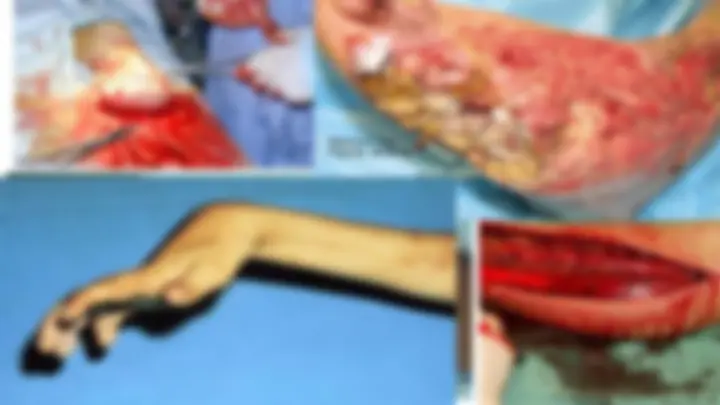
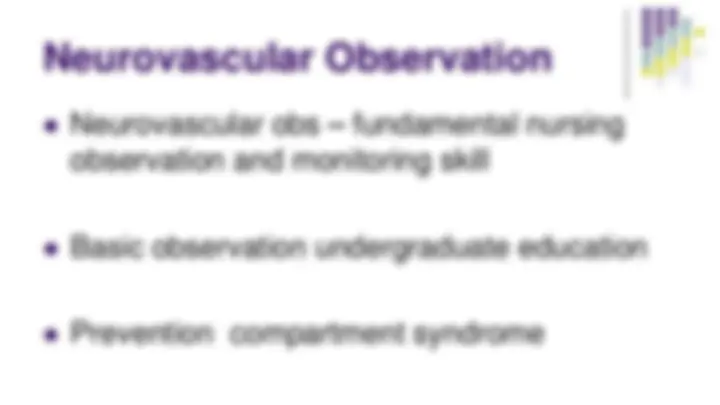
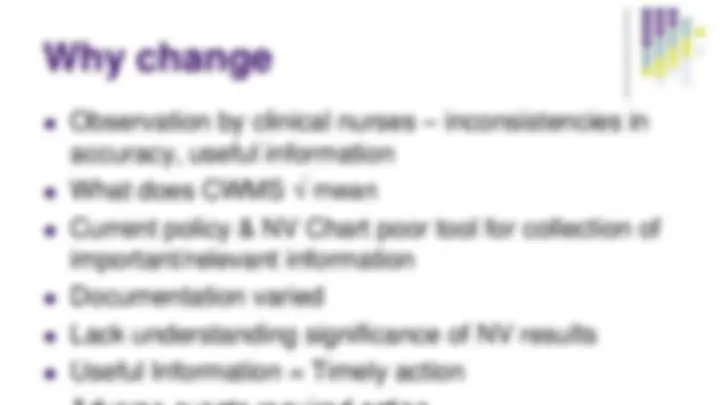
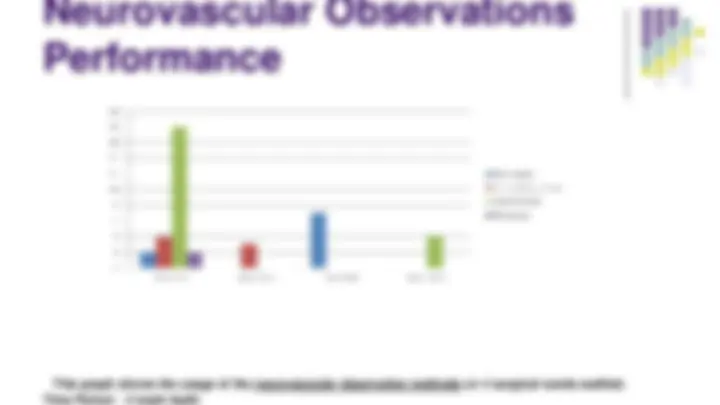

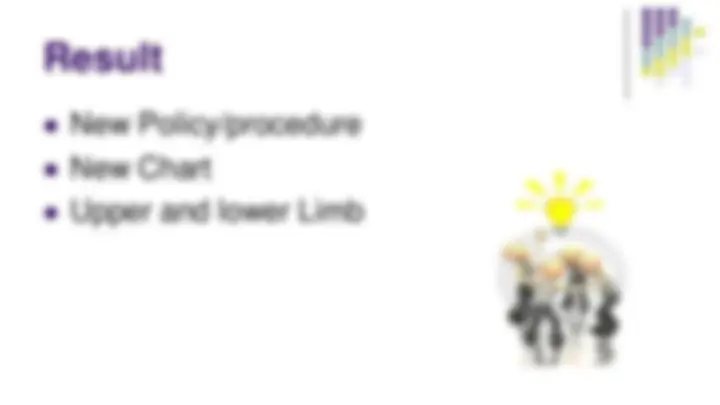
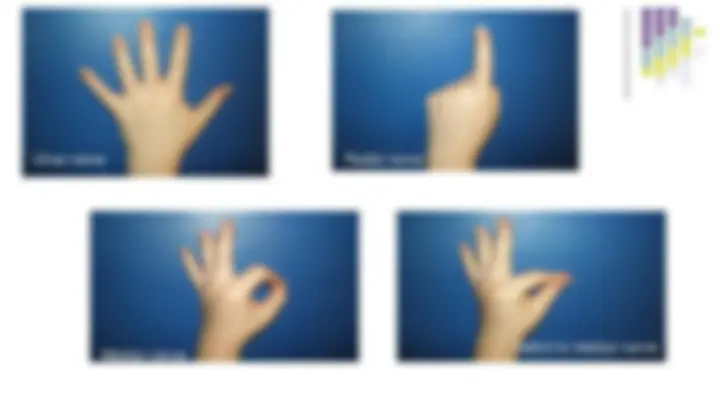


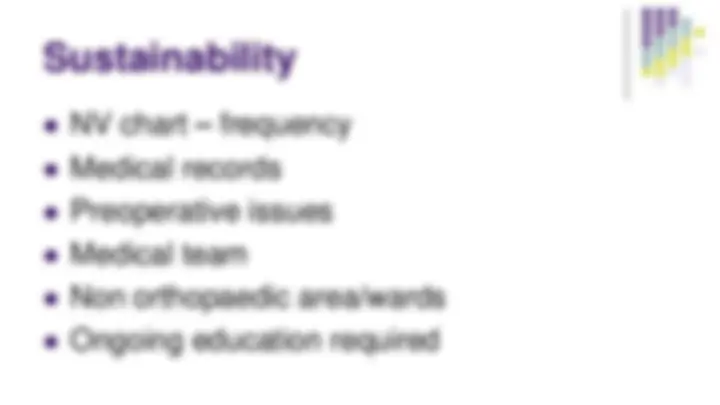
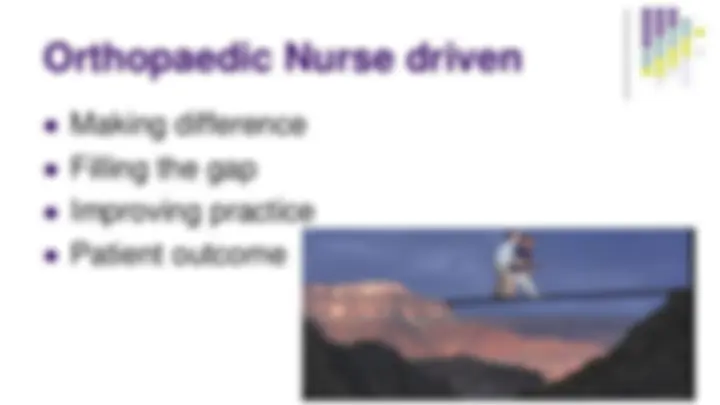



Study with the several resources on Docsity

Earn points by helping other students or get them with a premium plan


Prepare for your exams
Study with the several resources on Docsity

Earn points to download
Earn points by helping other students or get them with a premium plan
Community
Ask the community for help and clear up your study doubts
Discover the best universities in your country according to Docsity users
Free resources
Download our free guides on studying techniques, anxiety management strategies, and thesis advice from Docsity tutors
The importance of neurovascular observations in nursing and highlights inconsistencies in current practices. The authors conducted a retrospective review of patient case notes and identified issues with documentation and understanding of neurovascular results. They propose solutions including a new policy, procedure, and chart to improve neurovascular observation performance.
Typology: Exercises
1 / 20

This page cannot be seen from the preview
Don't miss anything!













Flinders Medical Centre
Adelaide, South Australia
Nerve blocks – tibia
No neurovascular observations charted at
all for couple patients (same ward)
Post surgery at 12 hours lower limb
surgery no documentation by nursing staff
This graph shows the usage of the neurovascular observation methods on 4 surgical wards audited. Time Period - 2 week Audit
Ulnar nerve Radial nerve
Median nerve Deficit to median nerve
Altizer L (2002) Neurovascular assessment. Orthopaedic Nurse 21 (4): 48-50. Edwards S (2004) Acute compartment syndrome. Emergency Nurse 12 (3): 32-8. Judge NL (2007) Neurovascular Assessment. Nursing Standard. 21 (45) 39- Love C (1998) A Discussion and Analysis of Nurse Led Assessment for the Early Detection of Compartment Syndrome. Journal of Orthopaedic Nursing 2(3): 160-167. Middleton C (2003) Compartment Syndrome: the importance of early diagnosis. Nursing Times. 99 (21) 30-